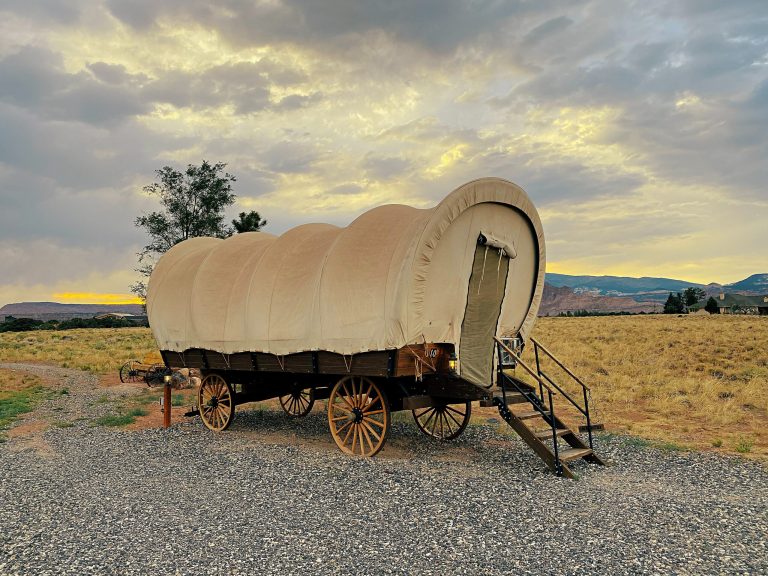Attacking the Tactics and Strategy for Successful Writing
In continuation from last week’s post reviewing the key points of strategic planning, we’re going to look at how to formulate a simple, approachable strategy to help you reach those writing goals and big dreams you have for your career. We took a look at what a writing vision considers: what you want to be, what you want to have, and what you want to do. If you haven’t laid down that vision, come up with sample statements similar to the ones in that post. (If you’d like to review the more extensive series I posted last year, start with this post.)Now that you have listed all those things you hope to achieve by the end of 2014, you’ll want to come up with a clear game plan so you can reach those goals. Set up benchmarks for the various steps you need to take to get to the finish line. Once you figure out the steps, you can then decide how long it will take you to complete each step.
Yes, You Can Mind Map Your Strategic Plan!
One great way to figure this all out is to brainstorm all your ideas. We recently spent a number of weeks on ways writers can brainstorm using mind maps, so now that you’ve learned all about this great technique, you can use it for strategic planning as well!
So get out that big piece of tag board and your markers and start listing all the dreams and goals you have. You can then draw lines (as discussed in the previous posts here and here) to the milestones you need to reach to get to each goal. And with each milestone, you can connect all the little tasks you have to accomplish to make that milestone.
Just break this all down into bite-sized pieces. For example, let’s say one of your goals is to write a novel by the end of the year. Since it’s a historical novel, you need to do some research. And maybe you want to spend some time studying one or two great novels that are similar to what you hope to write. On your mind map, you can put “write novel” in the center. From there, connect to all the tasks you come up with that you need to do to get that novel finished. You will have a line to “research locale and era” and another to “create a timeline” and maybe another called “deconstruct novel A.”
You will, of course, have lots of other things, including marketing plan, hiring a cover designer (and possibly an interior book designer), etc. And all these tasks you’ve now listed will have spokes going outward toward the smaller components that will make up reaching each of these milestones. Connected to your research task might be things like “find similar books on this era and study, take notes” and “find three historical characters and events to include in the novel.” Some tasks connected to your task called “find cover designer” might be “research the top ten best-sellers in genre and find out who the cover designer is” and “e-mail cover designers for price and availability.”
Solve the Mystery of Your Writing Goals
You can tell I love using mind mapping for just about everything, and hopefully you can see how helpful this is. Think about those dry-erase boards you see in detective TV shows on which the cops brainstorm by writing down all the clues and evidence they have so far on a crime. This is the same thing. Your objective or goal is akin to solving a mystery.
How do you do that? With laying out all the necessary information, then executing a plan. That’s what we’re doing here. It’s basic problem solving using a visual method to help see the big picture. It’s very satisfying to solve a mystery. And without strategic planning, a writer’s career and goals feel like one of those unsolved crimes that no one can make sense of. Trust me—if you brainstorm all your goals for 2014 and then use this method to note all the steps you need to get to those goals, your plan will come into focus.
Transfer Tasks from Map to Timeline
From your chart, you can create a strategic timeline. Figure out how long and when you plan to implement each task. Break it down by month, then week. On your mind map (using a different color for each month), circle all the tasks you need to do first, in January, then transfer it to a timeline.
When I decided to execute my big novel experiment this summer, I set a tough goal for myself. I gave myself three months to get from idea to publication of a lengthy Historical Western Romance—a genre I had never read or written before. (I plan to blog a bit next year on that highly successful experiment, but I’ll just be brief here for the purpose of this post, or you can read about the details here on The Book Designer). So I had a lot of steps I had to do to get to the finish line.
Some of the first tasks I listed for myself was to 1) deconstruct the one best-selling novel I wanted to emulate (only structure, not plot), 2) contact and hire that author’s cover designer, so I could match the look for this genre, 3) begin research on the era and town, 4) start plotting the novel, 5) find some authors in that genre willing to give me advice and also test read for me, and 6) contact and schedule my interior book designer to make sure she could get the print cover done by my Nov. 1 release date. That was just “week one.”
With careful planning, even while working full-time as a copyeditor and keeping up with my blog, I managed to write and edit this 125,000-word novel, and publish and market it on my planned date of November 1. All that planning paid off, as the book came out exactly the way I’d hoped, and within two weeks was hitting top lists on Amazon (If you want to take a look—and hopefully buy it!—here’s the link on Amazon.)
Find the Balance In Order to Make Progress
Now, my goals are going to be different from yours, and my timeline as well. Not a whole lot of writers are going to feel comfortable setting such short time constraints on a huge goal like this. So the key is to find a balance between being reasonable and pushing yourself a bit. If you are too lax and allowing way too much time to reach those milestones, you may never get a momentum, and may find it hard to get things done. Push yourself too hard and you’ll get frustrated and discouraged when you keep failing to reach those smaller goals within the time you’ve allotted.
Remember, though, you can tweak your timeline as the months go by. Cross off the tasks you’ve finished, and then reassess if you can make the next ones in time, or even sooner. It helps if your timeline is on your computer in some software program (check out free software like SmartDraw). Or if you are using paper, work with a pencil so you can erase and add and move your milestones around.
I hope this is getting you excited to start charting out your course as a writer for 2014! Share some of the goals you have, and some thoughts on strategic planning. Do you have any planning tips you can give other writers? Let’s hear them! And then be ready for a whole new year-long course on Wednesdays. What is it? You’ll have to wait until next week to find out!











